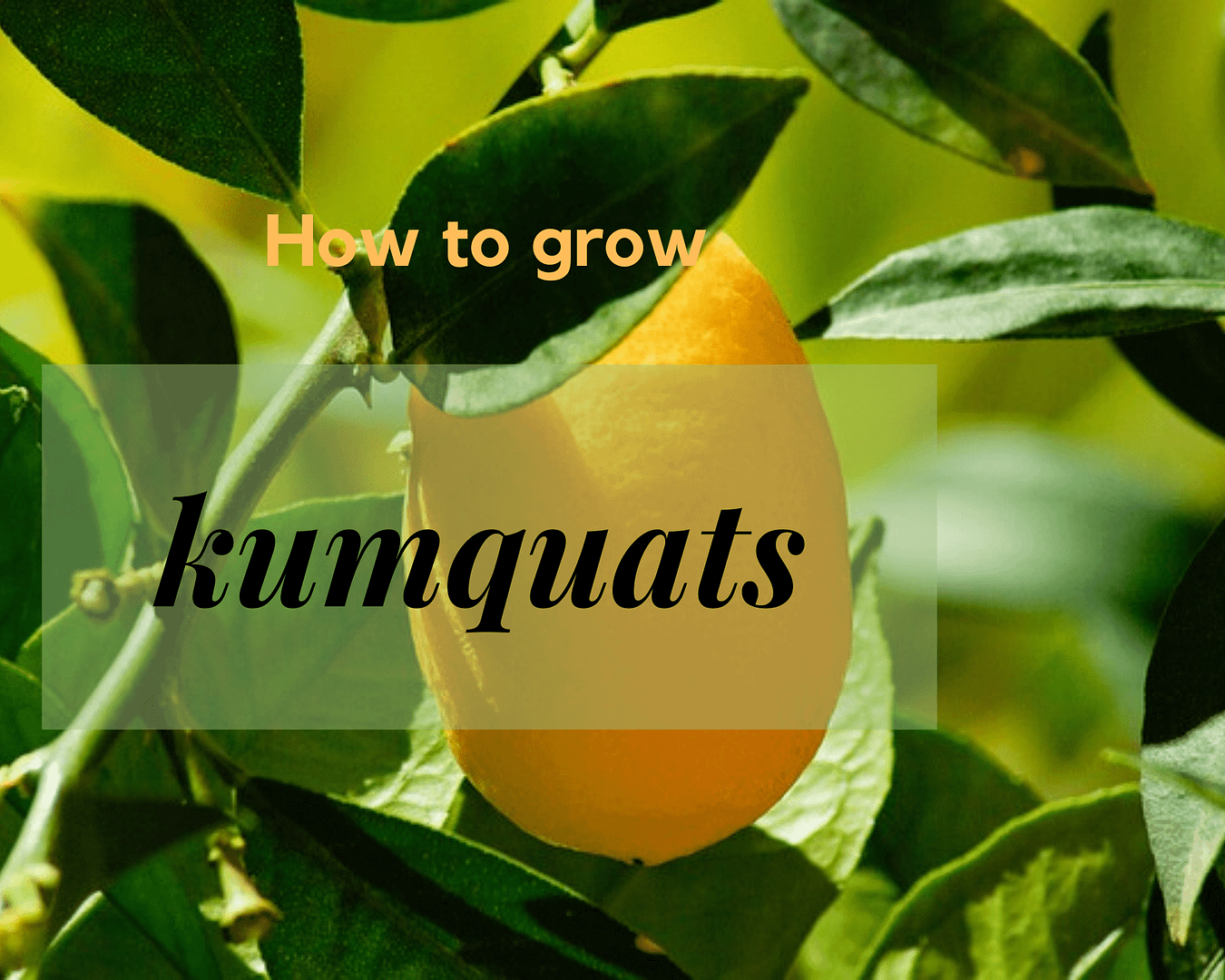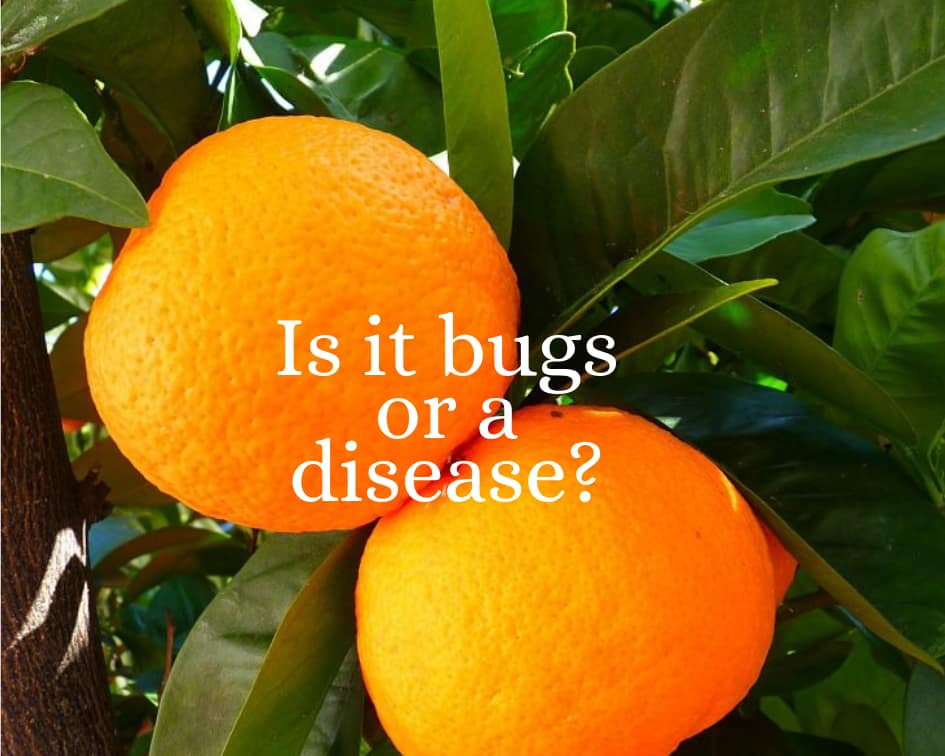This post may contain affiliate links. As an Amazon Associate we earn from qualifying purchases.
Come on in and compare what is going on with your arborvitae to the arborvitae fungal disease photos below.
Arborvitae is a catch-all name for species of evergreen conifers in the Thuja genus. Related to cypress, depending on species, it grows as a tree with scale-like foliage.
If you’re looking for a wind or privacy screen you may want to consider one of the taller species, such as the Green Giant (Thuja standishii x plicata ‘Green Giant’)
Whichever you grow, you’ll be rewarded with an easy-care habit with few requirements. This doesn’t mean the tree won’t have problems, however. In fact, arborvitae is susceptible to a number of fungal diseases.
Common arborvitae fungal diseases

Blight, including needle blight, caused by Pestalotiopsis funerus, (see photo, above) is probably the most common culprit when your arborvitae comes down with the nasties. This pathogen generally attacks plants that are already stressed from other causes, such as pests.
Then, there’s Botrytis twig blight, which infects plants that are under stress from poor nutrition, age, incorrect light or temperature or air pollution.
The Oriental arborvitae is particularly susceptible to Berckmann’s Blight and it can be quite damaging to the plant.

Symptoms of a fungal problem on arborvitae
Anytime you notice dead spots, browning branch tips or dying twigs, especially on an arborvitae that has a pest infestation, suspect a fungal disease, usually a type of blight.
Shoot blight begins at the base of new twigs, causing wilting and discoloration. Botrytis twig blight appears as a gray fur on the twigs and is most common in regions with high humidity.
Leaf blight begins on the arborvitae’s lower branches, near the trunk, and gradually discolors the plant to the top.
Pictured below is an arborvitae branch with a more advanced infection with Pestalotiopsis than the previously posted photo. This fungal pathogen also affects the thuja’s needles. You may first notice the tips of the foliage turning yellow. As the disease progresses, it heads toward the base of the leaves, turning brown and then very dark brown, almost black.

How to control arborvitae fungal diseases
Control of these arborvitae fungal diseases consists of pruning away and destroying infected branches and twigs. Spray the plant with a copper fungicide in the spring and then again, as a preventive measure, in early fall.
Wear protective clothing during the application and follow the label’s instructions and precautions. Don’t apply more fungicide than the manufacturer recommends and make sure all infected parts of the arborvitae are covered with the spray.
How to prevent fungal disease on arborvitae
Many arborvitae fungal diseases are restricted to plants under stress. Improved growing conditions helps relieve infection rates.
- Don’t plant arborvitae too close to one another. They require adequate air circulation to avoid infections.
- Learn how much and how often to water and fertilize the arborvitae, appropriate to your soil type and weather and general ecosystem.
- Spread mulch on the soil around the plant to avoid splashing soil-borne fungal spores onto the plant when you water or when it rains.
- Protect cold-sensitive arborvitae in the winter.
- Use caution when mowing around the plant as some pathogens are introduced to the plant through wounds in its bark.
Learn more about copper fungicide.
Shop for arborvitae at Nature Hills Nursery, online.
Resources
Southern Ag Liquid Copper Fungicide








I have two arborvitae trees that are in different states of maturity, being from 20 years old to 7 years old. They are both have started to greet brown leaves at the tips if the tree near the top. I have seen any spider mites, at if they are noticeable to the naked eye. They where very healthy until this summer. Any suggestions ?
Without knowing where you live and how you care for it, this is a tough one to answer. But when arborvitae browns in the summer it’s usually a sign it’s not getting enough water. These aren’t very drought-tolerant plants. Step up the watering and see if it stops the browning. Good luck!
Planted eight foot above the ball Thula OCC Elegantissima Abbreviate in late spring. They have some yellowish areas on the lower side and have turned gold and fall off just by brushing. Is this a fungus related problem? what to do about it?
Hi Edward,
Thanks for stopping by. Are you watering the Thuja properly? That’s the first thing to consider.
Does the yellowing start at the tips and work its way back toward the base? Does it change to brown or black? Did you have a particularly wet spring and summer? If so, it may be a fungal disease caused by Pestalotiopsis funera. Unfortunately, fungicides won’t control this disease.
What you can do, if you suspect this, is to cut off all infected parts, clean up fallen needles from the soil and any you find clinging to the interior of the tree. Avoid splashing soil onto the tree when watering. This might stop it from spreading.
Hopefully, it’s just an irrigation problem (too much or too little) and your gorgeous Thuja will live a long life.